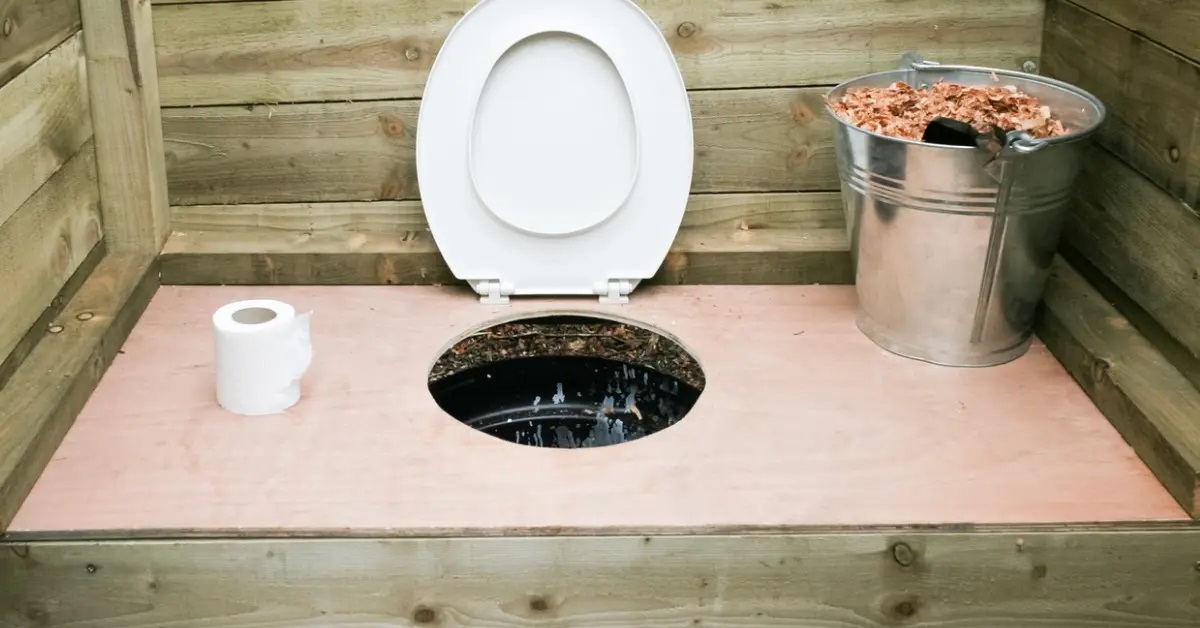

Articles
How Composting Toilet Works
Modified: January 21, 2024
Learn how composting toilets work and discover the benefits of using them in this informative article. Find all the details and more at [website name].
(Many of the links in this article redirect to a specific reviewed product. Your purchase of these products through affiliate links helps to generate commission for Storables.com, at no extra cost. Learn more)
Introduction
A composting toilet is a sustainable and eco-friendly alternative to traditional flush toilets that relies on natural processes to manage and dispose of human waste. Composting toilets are becoming increasingly popular in off-grid homes, cabins, and eco-friendly communities due to their numerous benefits, including water conservation, waste reduction, and soil enrichment.
Unlike conventional toilets that flush waste into a sewer or septic system, composting toilets use decomposition and microbial activity to break down organic matter into nutrient-rich compost. This process not only eliminates the need for water but also minimizes the environmental impact associated with conventional sanitation systems.
In this article, we will explore the basic components of a composting toilet, understand how it effectively manages human waste, delve into the microbial activities that occur during the composting process, discuss ventilation and odor control mechanisms, and highlight the maintenance and troubleshooting aspects of using a composting toilet. We will also delve into the environmental benefits of composting toilets and address some of the challenges and limitations they may present.
So, if you’re ready to delve into the world of sustainable sanitation, let’s take a closer look at how composting toilets work!
Key Takeaways:
- Composting toilets offer a sustainable, water-saving, and environmentally friendly alternative to traditional flush toilets, promoting nutrient recycling and reducing pollution, making them a practical choice for eco-conscious individuals and communities.
- By harnessing the power of natural decomposition and microbial activity, composting toilets provide a self-contained and efficient waste management solution, contributing to water conservation, pollution prevention, and sustainable practices, paving the way for a greener future.
Read more: How To Use A Composting Toilet
Basic Components of a Composting Toilet
A composting toilet consists of several key components that work together to effectively manage human waste while promoting the decomposition process. Understanding these components is crucial for proper installation and operation of a composting toilet system.
1. Collection Chamber: The collection chamber is where the human waste is deposited. It is typically a sealed compartment located beneath the toilet seat. This chamber is specially designed to facilitate the decomposition of waste into nutrient-rich compost.
2. Ventilation System: Composting toilets require proper airflow to maintain aerobic conditions necessary for the composting process. A ventilation system, usually consisting of a fan and vent pipe, allows fresh air to circulate within the toilet system, preventing the development of unpleasant odors and promoting the growth of beneficial aerobic bacteria.
3. Composting Medium: To aid in the decomposition process, a composting medium or bulking material is added to the waste in the collection chamber. This material can include sawdust, coconut coir, peat moss, or a combination of these. The composting medium helps absorb excess moisture, provides aeration, and contributes to the overall structure of the composting material.
4. Separator: Some composting toilets feature a separator, which separates liquid waste (urine) from solid waste (feces). The separated urine can be diverted to a separate storage tank or leach field, reducing the moisture content in the composting chamber and preventing odors.
5. Access Door: The access door allows users to deposit waste into the collection chamber and provides a means for removing composted material once it has reached a stable and safe state for handling and use.
These are the basic components found in most composting toilet systems. However, it’s important to note that different models and brands may have additional features or variations in design. Proper installation and usage instructions provided by the manufacturer should always be followed to ensure the efficient operation of the composting toilet.
Human Waste Management
One of the primary functions of a composting toilet is the management of human waste in an odorless and environmentally friendly manner. This process involves the natural breakdown and decomposition of organic matter, transforming it into nutrient-rich compost that can be safely used as fertilizer.
When using a composting toilet, solid and liquid waste are deposited into the collection chamber. The composting medium, such as sawdust or coconut coir, is then added to the waste to enhance the composting process. The presence of oxygen, moisture, and the right temperature are crucial factors in facilitating microbial activity, which is responsible for breaking down the waste.
The microbial activity in the composting chamber consists mainly of bacteria and fungi. These microorganisms feed on the organic matter, breaking it down into simpler compounds. Through a series of biochemical reactions, the waste is transformed into carbon dioxide, water, heat, and stabilized organic material, commonly known as compost.
The composting process typically takes several months to complete, during which the waste undergoes multiple stages of decomposition. Initially, the waste will contain high levels of pathogens, such as harmful bacteria and viruses. However, as the composting process progresses, the temperature rises, reaching levels that are inhospitable to pathogens.
Consistent maintenance and management of the composting toilet system are essential for efficient waste decomposition. This includes regular monitoring of temperature, moisture levels, and oxygen supply to ensure optimal conditions for microbial activity. It may be necessary to periodically add composting medium or adjust ventilation to maintain the desired aerobic environment.
Once the waste has fully decomposed and is transformed into compost, it can be safely removed from the collection chamber. Depending on the design of the composting toilet, the compost may need further curing or maturing before it can be used as fertilizer in gardens or landscaping.
It is important to note that the compost produced by a composting toilet should not be used for food crops or directly applied to edible plants. However, it can be used as a nutrient-rich soil amendment for ornamental plants, trees, or non-edible vegetation.
Overall, composting toilets offer an effective and sustainable method of human waste management. By harnessing the power of natural decomposition, they provide a safe and environmentally friendly alternative to traditional flush toilets, reducing water consumption and minimizing the pollution of water bodies and soil with treated or untreated sewage.
Microbial Activity and Breakdown of Organic Matter
Microbial activity is at the heart of the composting process in a composting toilet. These microscopic organisms play a crucial role in breaking down the organic matter found in human waste and transforming it into nutrient-rich compost.
When waste is deposited in the collection chamber of a composting toilet, it provides a diverse food source for a wide range of microorganisms, including bacteria and fungi. These microorganisms thrive in the warm, moist, and aerobic environment created within the composting toilet system.
Bacteria are the primary decomposers in the composting process. They feed on the readily available carbon, nitrogen, and other organic compounds present in the waste. As they break down the complex molecules into simpler compounds, they produce heat and carbon dioxide as byproducts. The heat generated by the bacterial activity helps maintain the ideal temperature range for composting.
Fungi also play an important role in the composting process. They have the ability to break down more complex compounds, such as lignin and cellulose, which are found in toilet paper and plant material. Fungi help degrade these materials into simpler forms that can be further utilized by other microorganisms.
The breakdown of organic matter in a composting toilet occurs in several stages. Initially, mesophilic bacteria dominate the microbial population. These bacteria thrive at moderate temperatures, typically between 68°F (20°C) and 113°F (45°C). They start breaking down proteins, carbohydrates, and fats, converting them into carbon dioxide, heat, and ammonia.
As the composting process progresses and the temperature increases, thermophilic bacteria become more active. These bacteria can tolerate higher temperatures, ranging from 113°F (45°C) to 160°F (71°C). They continue the decomposition process, further breaking down complex compounds and reducing the pathogen content in the waste.
The high temperatures achieved during the thermophilic stage are crucial for eliminating harmful bacteria, viruses, and parasites that may be present in the waste. The temperatures effectively sanitize the compost and make it safe for handling and use.
In addition to bacteria and fungi, other microorganisms, such as protozoa, actinomycetes, and nematodes, also contribute to the breakdown of organic matter in composting toilets. Each microorganism has its own role in the process, participating in nutrient cycling and further decomposition.
It’s important to maintain the right conditions for microbial activity within the composting toilet system. This includes ensuring adequate oxygen supply, proper moisture content, and maintaining the ideal temperature range. These factors enable the microorganisms to thrive and efficiently break down the organic matter, resulting in the production of high-quality compost.
By harnessing the power of microbial activity, composting toilets provide a sustainable and eco-friendly solution for waste management while contributing to the efficient cycling of nutrients and the reduction of organic waste sent to landfills or water treatment facilities.
Ventilation and Odor Control
Ventilation is a crucial aspect of composting toilets to ensure proper airflow and odor control within the system. Adequate ventilation helps maintain an aerobic environment, promotes the growth of beneficial bacteria, and minimizes the development of unpleasant odors.
Composting toilets are equipped with a ventilation system, which typically consists of a fan and a vent pipe. The fan helps to draw fresh air into the toilet system, creating airflow that allows for the optimal functioning of the composting process.
The ventilation system serves multiple purposes:
- Odor Control: The primary purpose of ventilation is to prevent the accumulation of foul odors associated with decomposing waste. By continuously introducing fresh air into the composting chamber, the ventilation system helps to disperse the odor-causing gases and maintain a relatively odor-free environment.
- Aeration: Adequate airflow is essential to maintain aerobic conditions within the composting toilet system. Oxygen is necessary for the growth of aerobic bacteria, which play a key role in the decomposition process. The ventilation system ensures a constant supply of oxygen for the microorganisms, promoting efficient waste breakdown and the production of high-quality compost.
- Moisture Control: Proper ventilation also aids in managing moisture levels within the composting chamber. Excessive moisture can hinder the composting process, leading to anaerobic conditions and the production of unpleasant odors. The ventilation system helps to remove excess moisture by allowing it to escape as water vapor.
- Prevention of Condensation: In humid environments, condensation can occur inside the composting toilet. The ventilation system helps to minimize condensation by regulating the temperature and moisture levels within the system. By preventing excess moisture buildup, the ventilation system reduces the likelihood of mold growth or structural damage.
- Prevention of Fly and Insect Infestation: Proper ventilation can also deter the presence of flies and other insects around the composting toilet. The constant movement of fresh air discourages insects from being attracted to the waste and helps to maintain a clean and hygienic environment.
It is essential to ensure that the ventilation system is properly installed and functioning effectively. Regular maintenance and cleaning of the vent pipe and fan are necessary to prevent blockages and ensure optimal airflow. The manufacturer’s guidelines and recommendations should be followed to maintain the ventilation system’s efficiency.
In addition to ventilation, the composting toilet may incorporate other odor-control mechanisms. This can include the use of activated carbon filters, which absorb and neutralize odor-causing molecules, or specially designed vent caps that provide additional odor-reducing features.
By incorporating proper ventilation and odor control measures, composting toilets provide a hygienic and pleasant alternative to traditional flush toilets. These systems eliminate the need for chemical deodorizers and effectively manage odors while maintaining a healthy composting environment.
When using a composting toilet, it’s important to add a bulking agent like sawdust or coconut coir after each use to aid in the decomposition process and control odor.
Read more: How Much Is A Composting Toilet
Maintenance and Troubleshooting
Maintaining a composting toilet is essential to ensure its proper operation and longevity. Regular maintenance and troubleshooting can help identify and address any issues that may arise, maximizing the effectiveness and efficiency of the system.
1. Composting Medium: Regularly add an appropriate amount of composting medium, such as sawdust or coconut coir, to the collection chamber. This helps control moisture levels, provides carbon-rich material for decomposition, and aids in the composting process. Add more composting medium as needed to maintain the desired moisture balance.
2. Ventilation System: Check the ventilation system regularly to ensure proper airflow. Clean or replace the fan filters as recommended by the manufacturer to prevent blockages and maintain efficient ventilation. Ensure that the vent pipe is clear of any obstructions to allow for adequate air circulation.
3. Temperature Monitoring: Monitor the temperature within the composting chamber regularly. It should remain within the recommended range for optimal composting, typically between 113°F (45°C) and 160°F (71°C). Adjust the ventilation or add more composting medium if necessary to maintain the ideal temperature for microbial activity.
4. Moisture Control: Maintain proper moisture levels within the composting toilet system. Excessive moisture can lead to odors, anaerobic conditions, and hamper the composting process. If the composting material becomes too wet, add more absorbent material, such as sawdust or coconut coir, to absorb excess moisture.
5. Monitoring and Troubleshooting Odors: If odors persist, check for any signs of improper ventilation, excessive moisture, or insufficient composting material. Ensure that the ventilation fan is functioning properly and the vent pipe is clear. Adjust the composting material and moisture levels as needed to mitigate any odors. If odors persist, it could indicate a more significant issue that requires further investigation and troubleshooting.
6. Composting Timeframe: Monitor the composting process and allow enough time for waste to fully decompose. The composting time can vary depending on factors such as temperature, moisture levels, and the composition of the waste. Follow the manufacturer’s guidelines for when the compost is ready to be removed from the system.
7. Cleaning and Hygiene: Regularly clean and sanitize the toilet seat, collection chamber, and any other accessible parts of the composting toilet. Use environmentally friendly cleaning products and avoid using harsh chemicals that may disrupt the composting process or harm beneficial microorganisms.
8. Manufacturer’s Guidelines: Always refer to the manufacturer’s instructions and guidelines for specific maintenance and troubleshooting recommendations for your composting toilet model. The manufacturer’s expertise and experience with the system can provide valuable insights and ensure the proper functioning of the composting toilet.
By practicing regular maintenance and troubleshooting of your composting toilet system, you can address any issues promptly and ensure that it operates efficiently and effectively. Regular monitoring, proper ventilation, and maintaining the ideal conditions for decomposition will help create a sustainable and hygienic waste management solution.
Environmental Benefits of Composting Toilets
Composting toilets offer numerous environmental benefits compared to traditional flush toilets and conventional sanitation systems. Their sustainable design and operation contribute to reducing water consumption, minimizing pollution, and promoting soil fertility. Here are some of the key environmental benefits of composting toilets:
1. Water Conservation: Composting toilets are waterless or low-water systems, meaning they do not require a constant supply of water for flushing. This reduces the strain on freshwater resources, particularly in regions where water scarcity is a concern. By using composting toilets, significant amounts of water can be saved, conserving this precious resource for other critical needs.
2. Pollution Prevention: Composting toilets help prevent pollution of water bodies and groundwater. Traditional flush toilets require large amounts of water to transport waste to treatment plants or septic systems, where it is treated or discharged. The improper treatment or discharge of sewage can contaminate water sources, contributing to water pollution. Composting toilets eliminate the need for such infrastructure, reducing the potential for pollution and protecting water quality.
3. Nutrient Recycling: Composting toilets facilitate the recycling of nutrients found in human waste. The composting process breaks down organic matter into a safe and nutrient-rich compost that can be used as a valuable soil amendment. Applying this compost to gardens, landscaping, or non-edible vegetation helps replenish soil fertility, reducing the need for synthetic fertilizers and promoting sustainable agriculture.
4. Reduced Energy Consumption: Composting toilets operate without the need for electricity or complex mechanical systems. This significantly reduces energy consumption associated with wastewater treatment processes and the transport of sewage. By relying on natural processes, composting toilets provide a more energy-efficient alternative for waste management.
5. Greenhouse Gas Reduction: Composting toilets contribute to the reduction of greenhouse gas emissions. Traditional sewage treatment plants and septic systems release methane, a potent greenhouse gas, during the treatment or decomposition of waste. Composting toilets, on the other hand, promote aerobic decomposition, minimizing methane production. This helps mitigate climate change by reducing the release of greenhouse gases into the atmosphere.
6. Off-Grid and Remote Area Solutions: Composting toilets are particularly beneficial in off-grid locations or remote areas where access to centralized sewage infrastructure is limited or non-existent. By providing a self-contained waste management solution, composting toilets enable sustainable sanitation and hygiene practices, improving the quality of life in these areas without relying on costly and environmentally damaging infrastructure development.
7. Educational Tool for Sustainability: Installing composting toilets in residential or community settings can act as an educational tool for promoting sustainability and eco-friendly practices. By showcasing the benefits and operation of composting toilets, individuals and communities can inspire others to adopt more environmentally conscious choices and reduce their ecological footprint.
Composting toilets offer a sustainable and environmentally friendly approach to waste management. By conserving water, preventing pollution, recycling nutrients, reducing energy consumption, and promoting sustainable practices, composting toilets contribute to a greener and more sustainable future.
Challenges and Limitations of Composting Toilets
While composting toilets offer numerous environmental benefits and are a viable alternative to traditional flush toilets, there are certain challenges and limitations that need to be considered. Understanding these limitations is important for informed decision-making and proper usage of composting toilet systems. Here are some of the common challenges and limitations:
1. Initial Cost: Composting toilets generally have a higher upfront cost compared to traditional flush toilets. The initial investment includes the cost of the toilet unit, installation, and any additional components, such as ventilation systems. However, the long-term cost savings from reduced water consumption and maintenance can offset this initial investment over time.
2. Maintenance and Monitoring: Composting toilets require regular maintenance and monitoring to ensure proper functionality. This includes adding composting medium, monitoring temperature and moisture levels, checking the ventilation system, and removing finished compost. The level of maintenance required may vary depending on the specific composting toilet model and user habits.
3. Composting Timeframe: The composting process in a composting toilet can take several months to complete, depending on factors such as temperature, waste composition, and system design. Users must be willing to wait for the waste to fully decompose before it can be safely removed and utilized as compost. This may require planning and patience, especially for those with limited space or a high demand for compost.
4. Odor Control: While composting toilets are designed to control odors effectively, there is still a potential for odors to develop if the system is not properly maintained or operated. Poor ventilation, excessive moisture, or improper composting material can contribute to unpleasant odors. Regular monitoring and troubleshooting are necessary to address any odor-related issues that may arise.
5. Capacity and Usage Limitations: Composting toilets have limited capacity in terms of waste storage. This may be a potential limitation in high-traffic areas or larger households. If the composting toilet is frequently used or heavily loaded, it may require more frequent emptying of the collection chamber, which can be inconvenient or may require additional planning for waste disposal.
6. Suitability for Certain Living Situations: Composting toilets may not be suitable for all living situations or geographical locations. Factors such as available space, local regulations, and cultural acceptance may influence the feasibility and acceptance of composting toilets. It is important to research and consult with relevant authorities or professionals to ensure compliance and suitability before installing a composting toilet.
7. Educational and Social Acceptance: There may be a learning curve and a need for education and awareness regarding composting toilet systems. Users may need to become familiar with the operation, maintenance, and proper usage of composting toilets. Additionally, societal acceptance and attitudes towards composting toilets may vary, which can influence the adoption and widespread use of these systems.
Despite these challenges and limitations, composting toilets continue to gain recognition as a sustainable waste management option. With proper maintenance, usage, and understanding of these limitations, composting toilets can provide an environmentally friendly and efficient alternative to traditional flush toilets in various applications and settings.
Conclusion
Composting toilets offer a sustainable and eco-friendly solution for waste management, providing numerous environmental benefits compared to traditional flush toilets. They conserve water, prevent pollution, recycle nutrients, reduce energy consumption, and promote soil fertility. By harnessing the power of natural processes and microbial activity, composting toilets provide a self-contained and efficient system that minimizes the reliance on water, infrastructure, and energy-intensive treatment processes.
Understanding the basic components of composting toilets, the microbial activity involved in the breakdown of organic matter, and the importance of ventilation and odor control is essential for their proper operation. Regular maintenance, monitoring, and troubleshooting are necessary to ensure optimal performance and address any issues that may arise.
While composting toilets do have some challenges and limitations, such as initial cost, maintenance requirements, and capacity limitations, these can be managed with proper planning, education, and consideration of specific living situations. Overcoming these challenges can lead to a more sustainable and efficient waste management system, benefiting the environment and reducing the ecological footprint.
Composting toilets are not only practical but also serve as a symbol of our responsibility towards ecological stewardship. They offer a tangible way for individuals, communities, and even entire regions to take control of their waste management, fostering a greater appreciation for sustainability and environmental conservation.
As we continue to embrace the importance of sustainable practices, composting toilets will play an increasingly vital role in meeting the global challenges of water scarcity, pollution, and climate change. By adopting composting toilets, we can contribute to a more sustainable future, one that conserves our precious water resources, protects ecosystems, and fosters the health of our planet.
So, whether you are considering installing a composting toilet in your own home, community, or eco-friendly development, or simply seeking to deepen your understanding of sustainable sanitation options, embracing composting toilets is a step towards a cleaner, greener, and more sustainable world.
Frequently Asked Questions about How Composting Toilet Works
Was this page helpful?
At Storables.com, we guarantee accurate and reliable information. Our content, validated by Expert Board Contributors, is crafted following stringent Editorial Policies. We're committed to providing you with well-researched, expert-backed insights for all your informational needs.
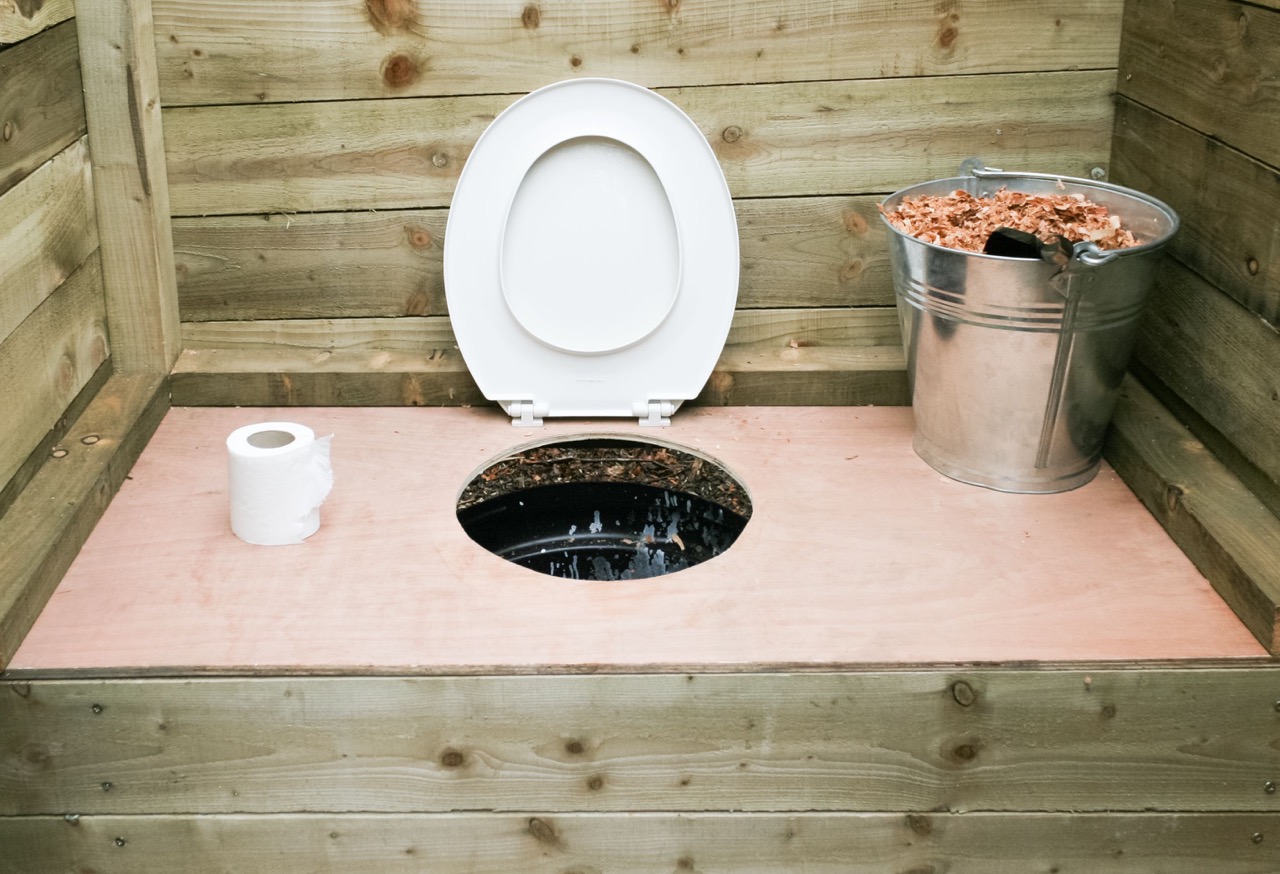

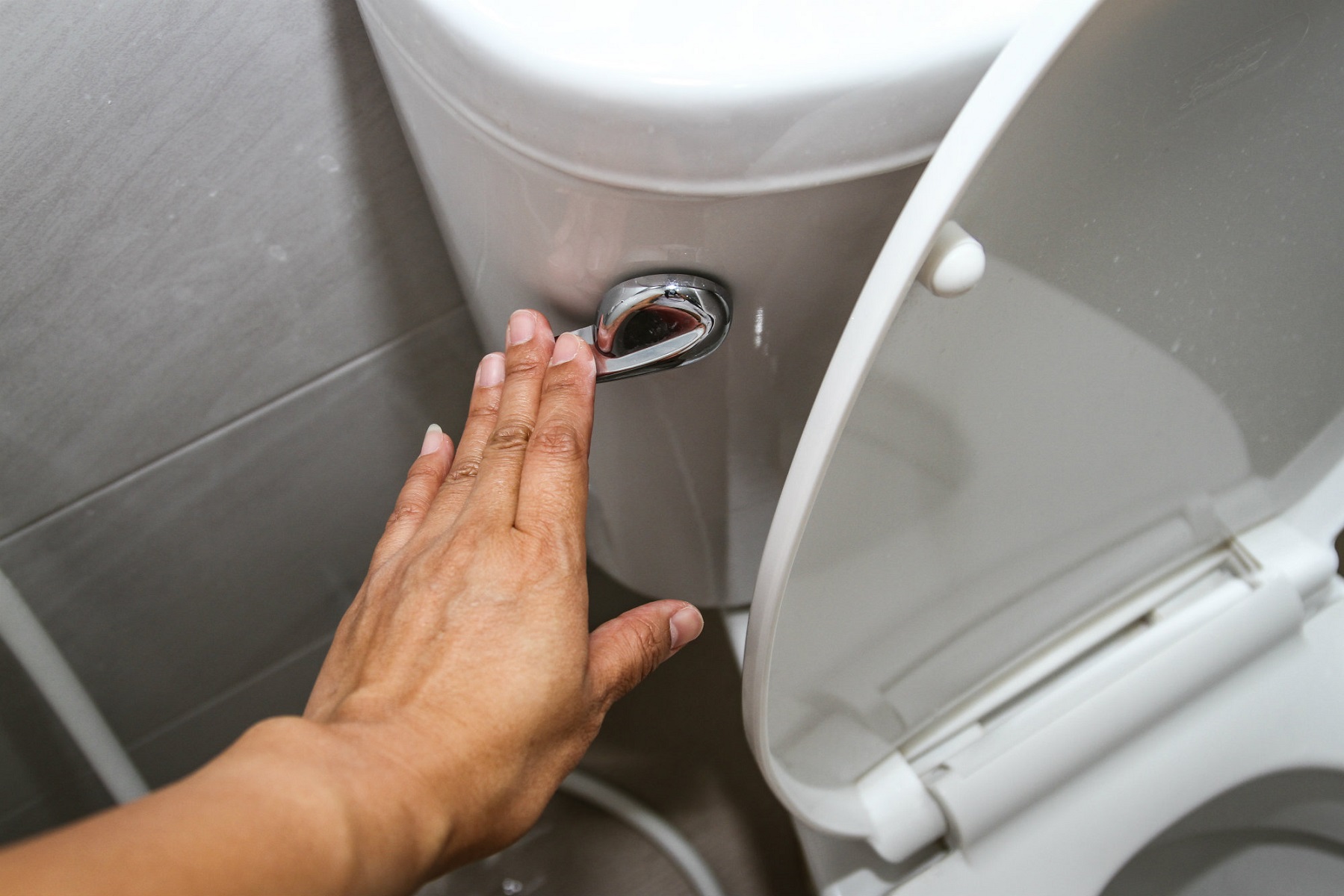
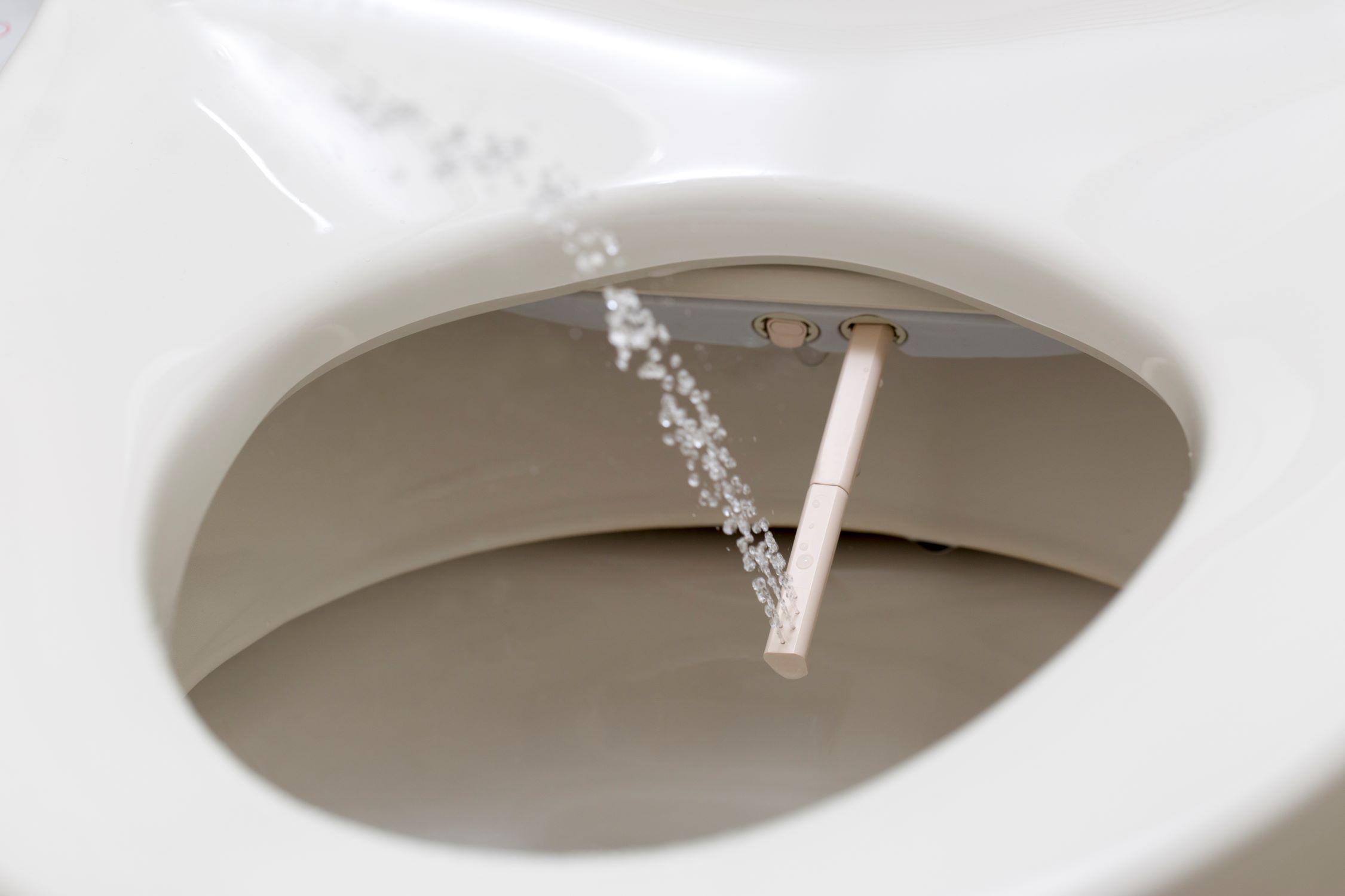
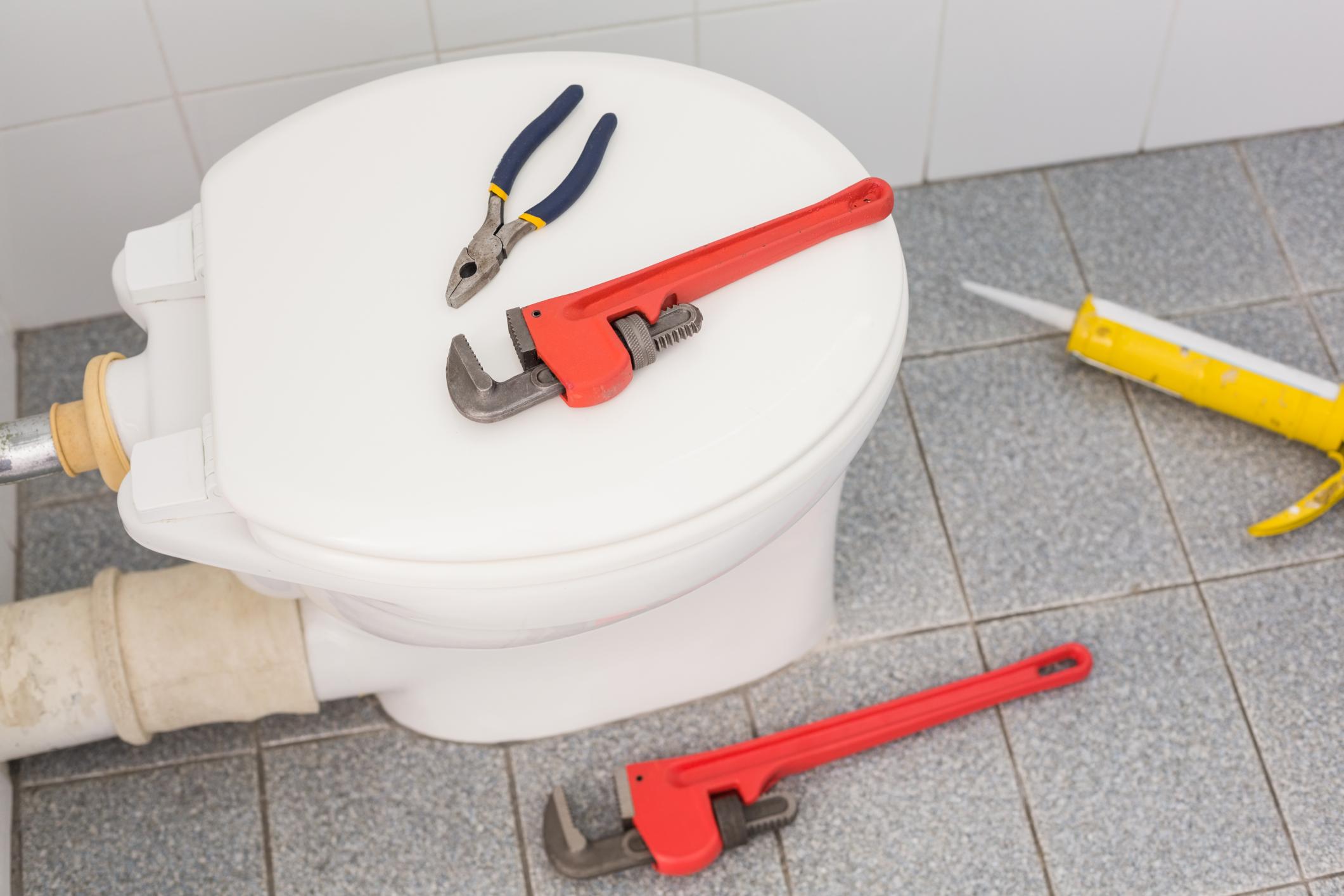
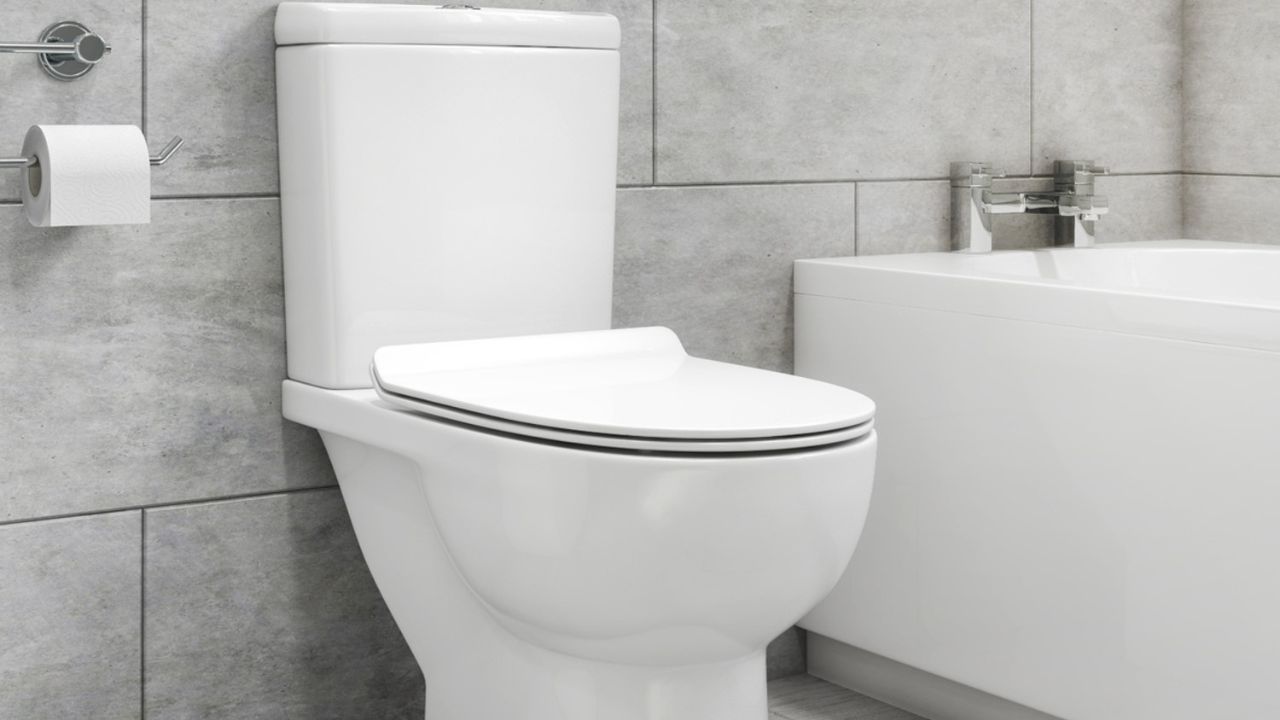
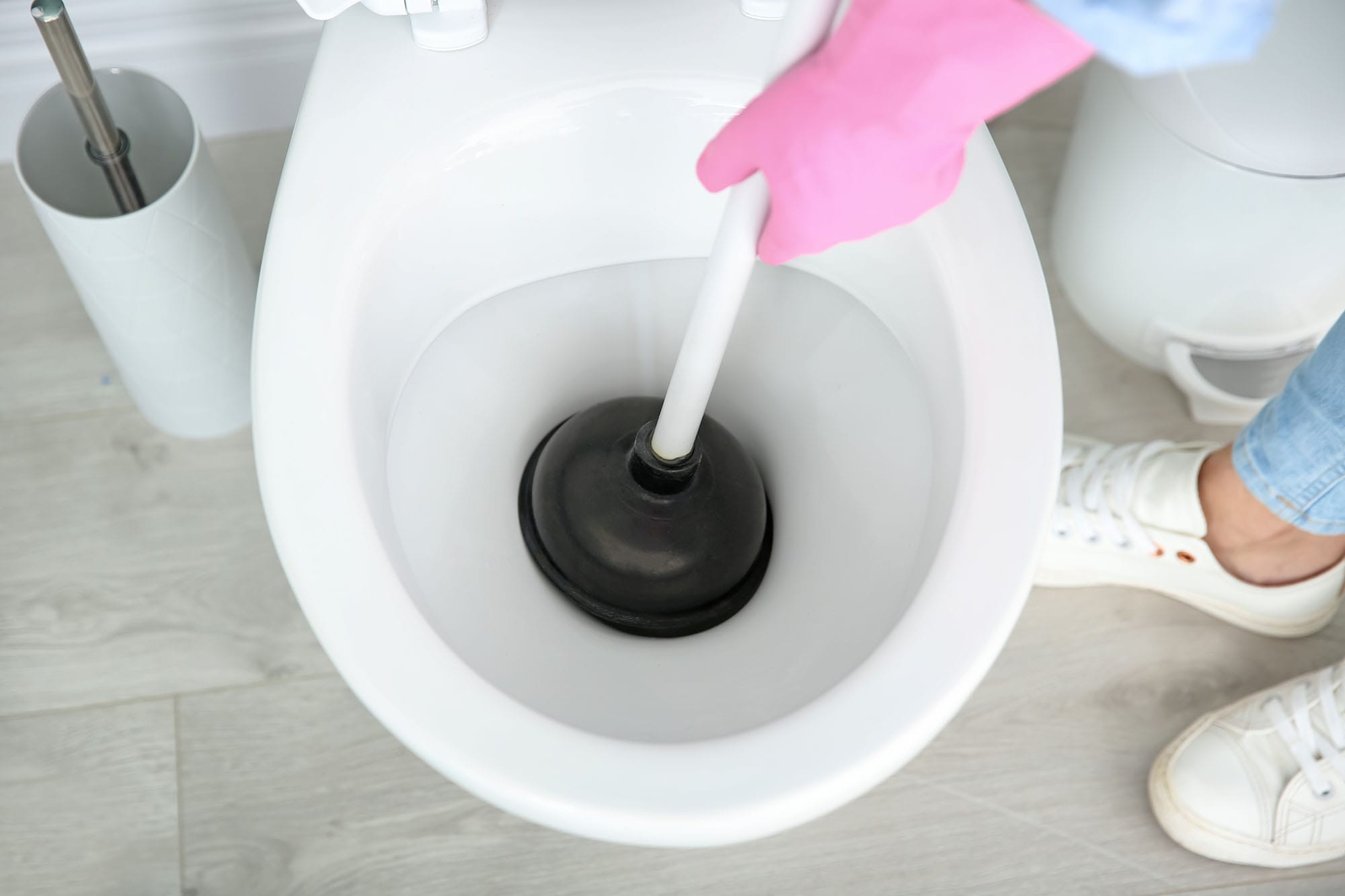
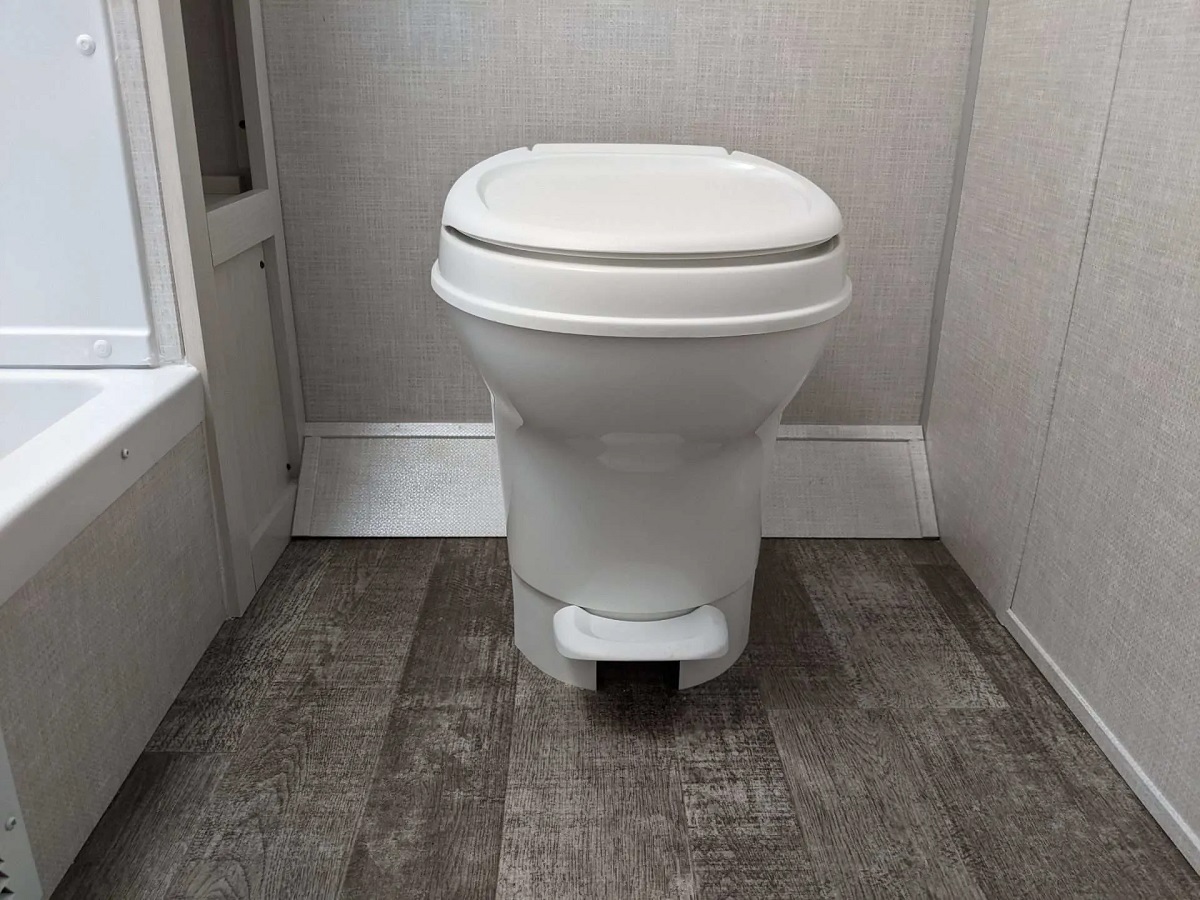
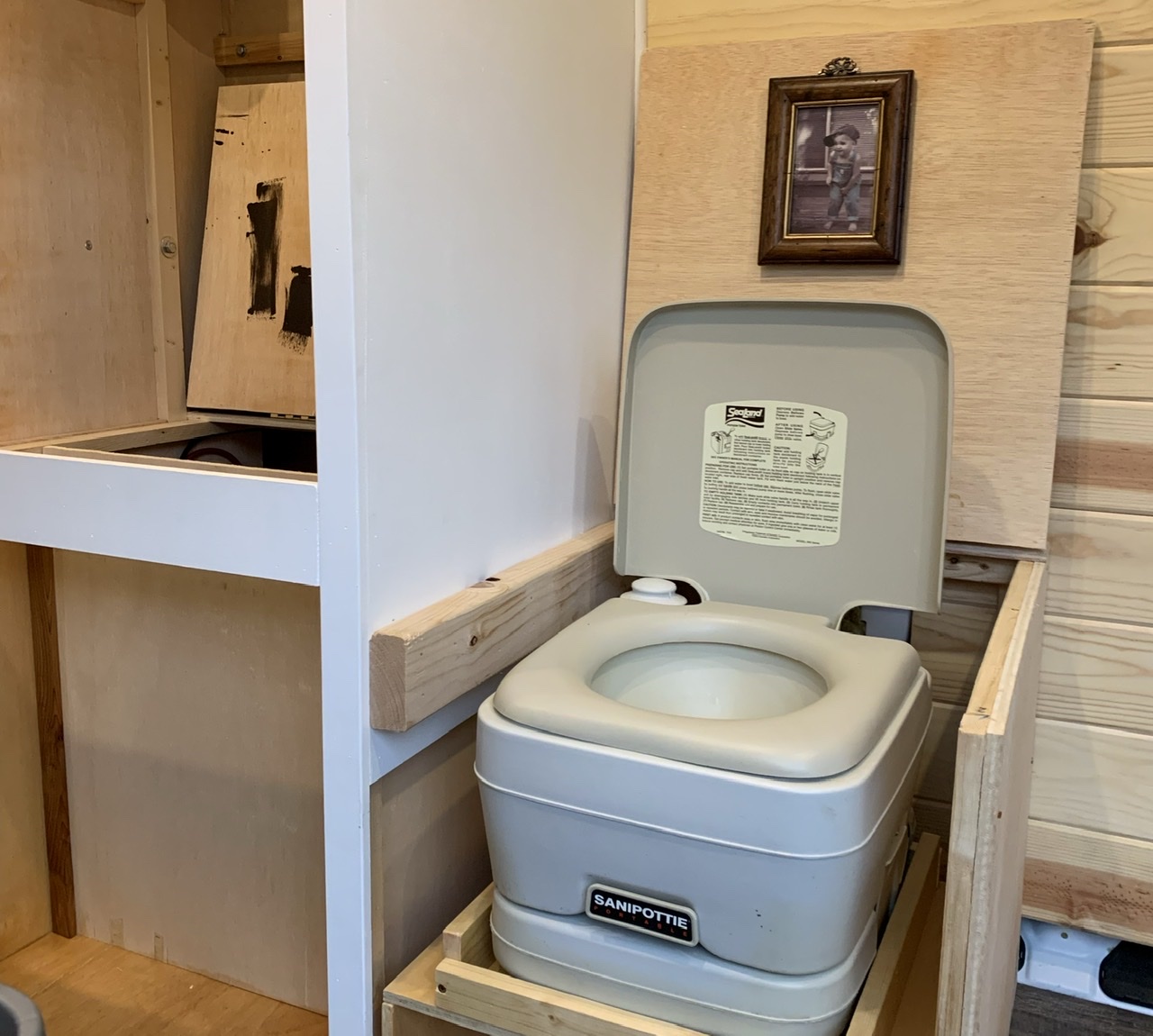
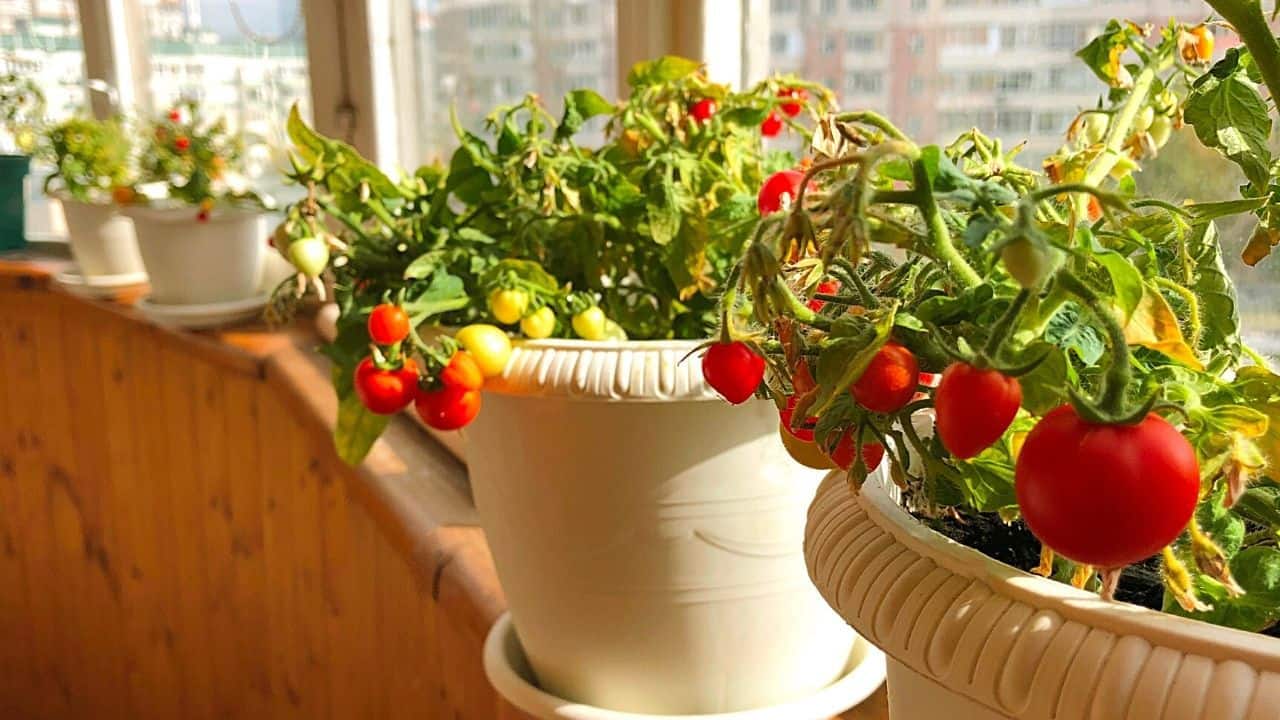
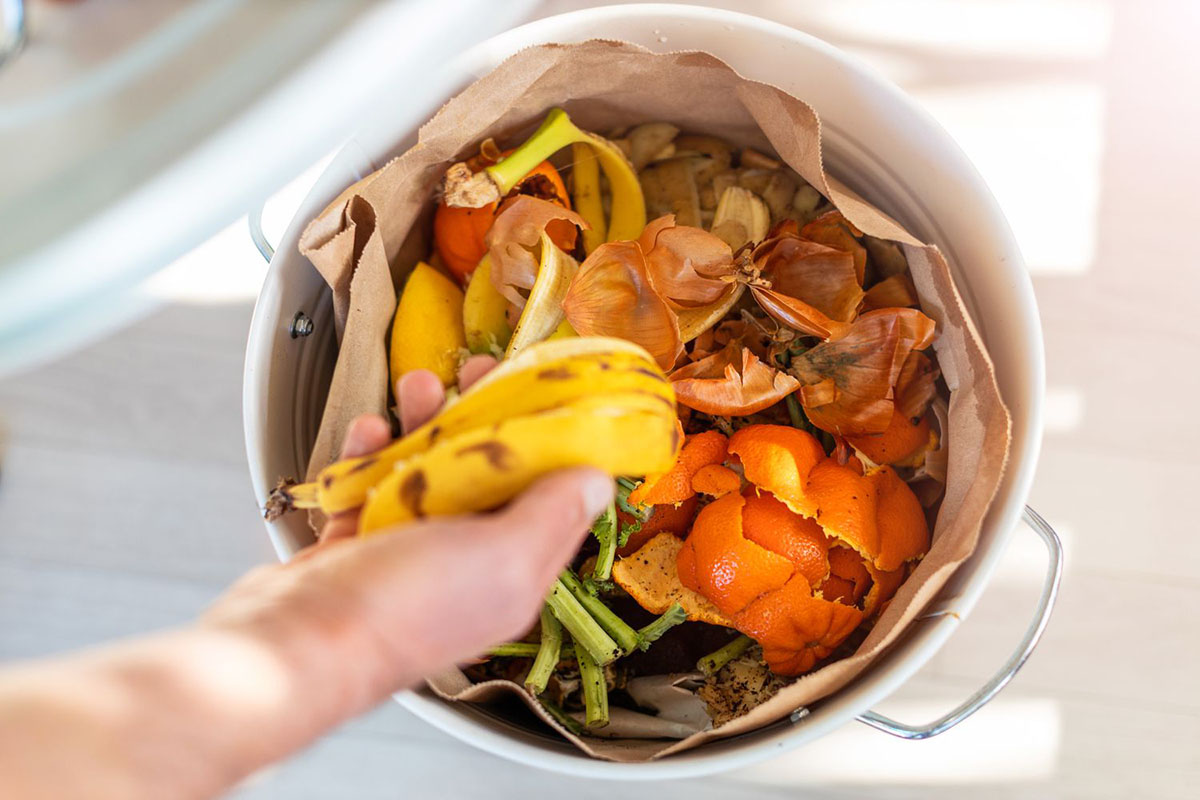
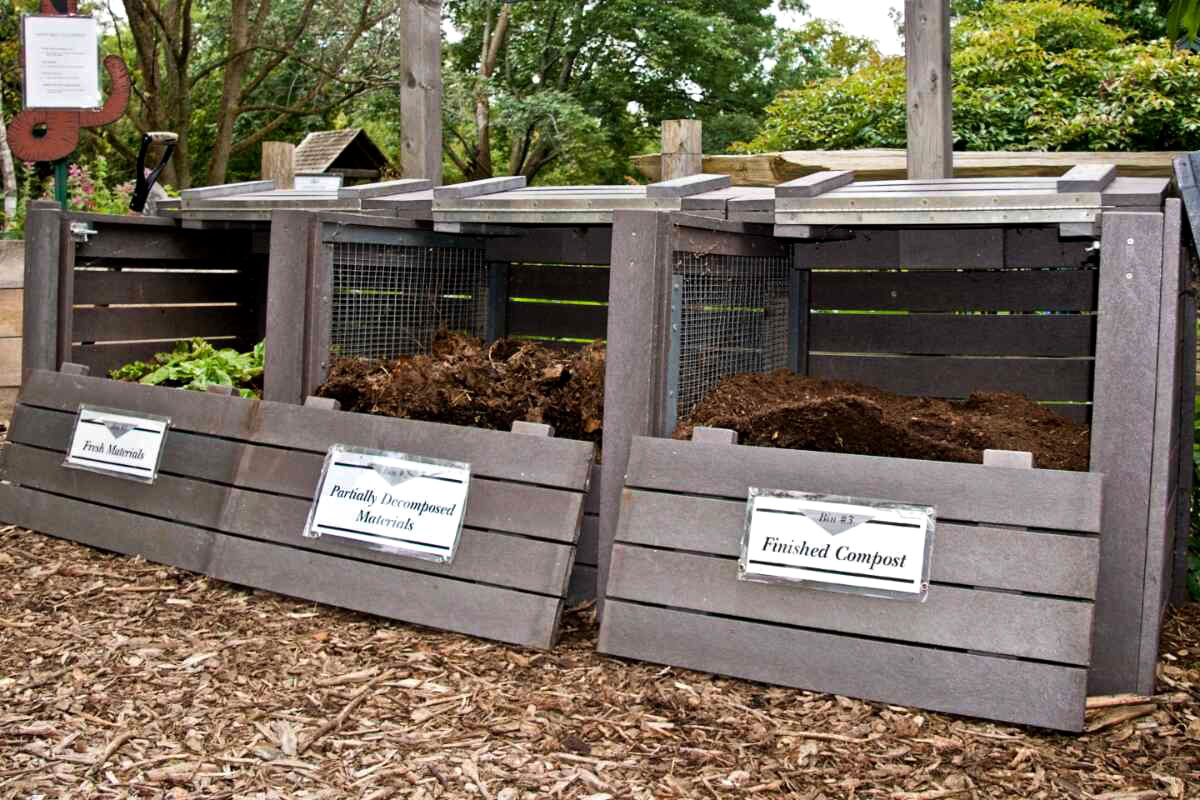

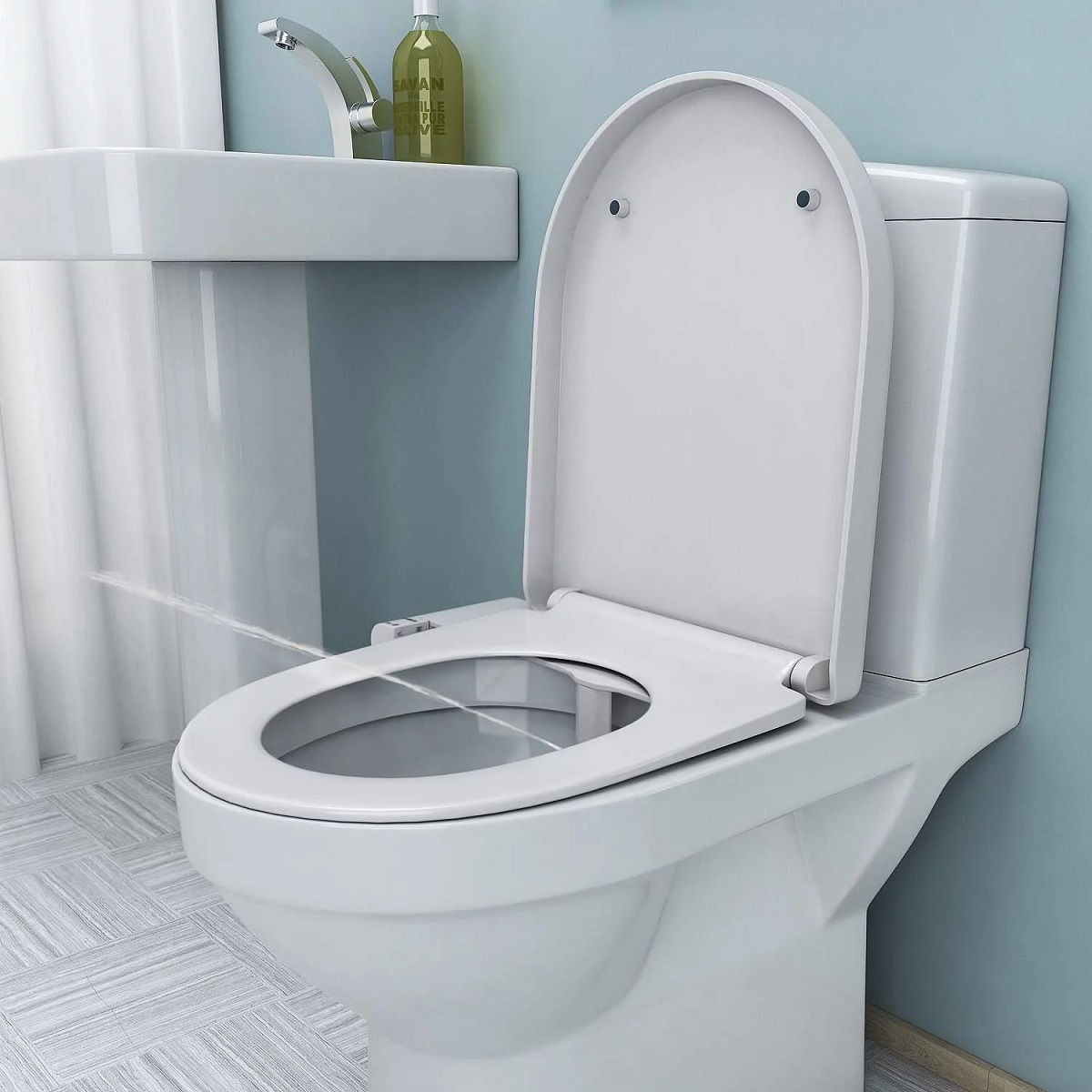

0 thoughts on “How Composting Toilet Works”